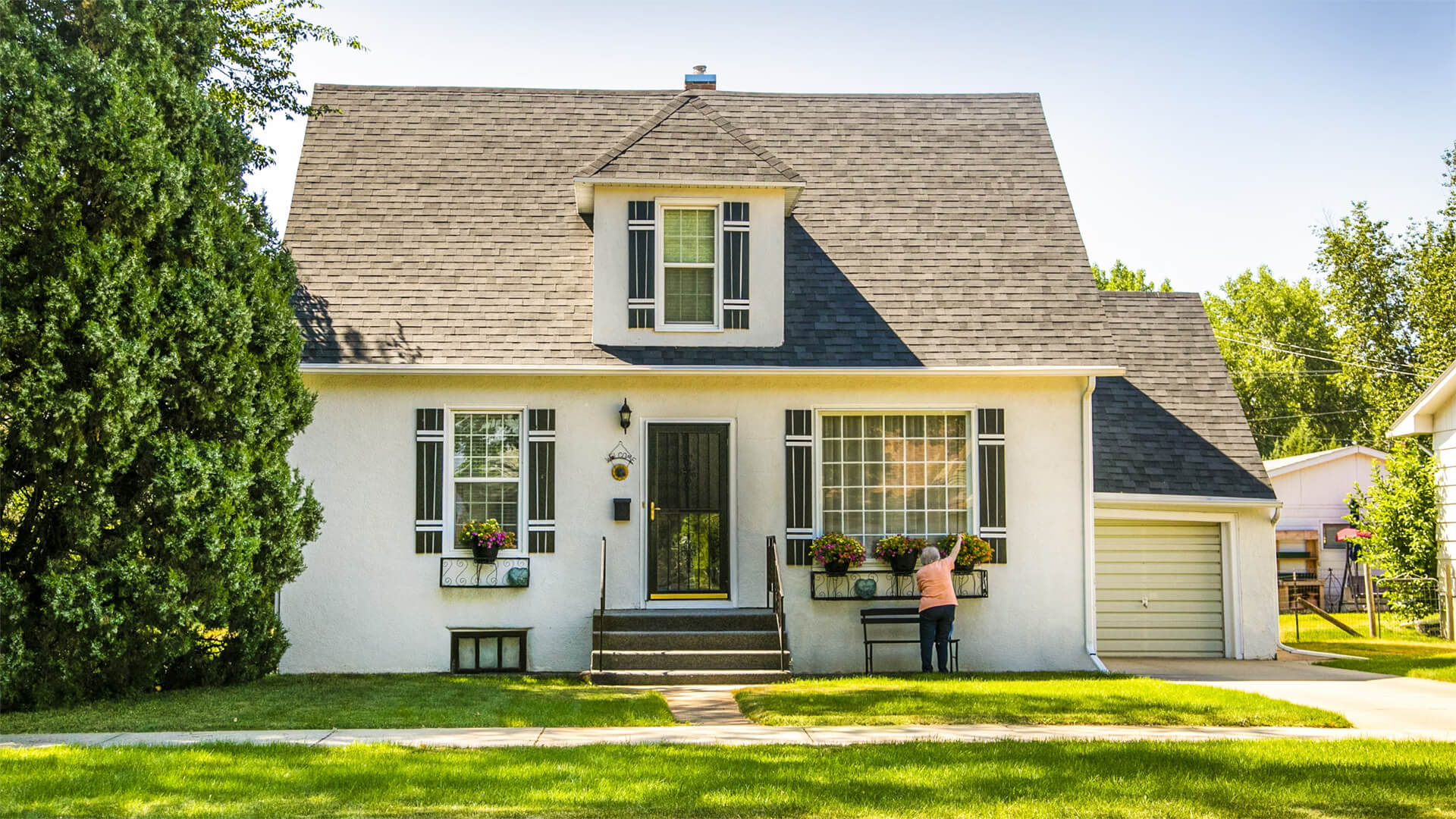The US housing market has been through a lot, so what does this current chapter look like? We’re going to be looking at several factors impacting the trajectory of the US housing market.
The road to recovery from the subprime crisis, coupled with limited new housing construction during the pandemic, led to record-high housing prices. People shuffled about during COVID, driving down available stock.
Years later there’s a surplus of homes on the market, but sales have tanked. Mortgage rates are through the roof, thanks to massive federal deficits under recent administrations. The capital shriveling from the Baby Boomers retiring has begun, and more and more homes are being put back on the market as this older generation passes away.
Here at Zeihan on Geopolitics, our chosen charity partner is MedShare. They provide emergency medical services to communities in need, with a very heavy emphasis on locations facing acute crises. Medshare operates right in the thick of it, so we can be sure that every cent of our donation is not simply going directly to where help is needed most, but our donations serve as a force multiplier for a system already in existence.
For those who would like to donate directly to MedShare or to learn more about their efforts, you can click this link.
Transcript
Hey everyone coming to you from Wanganui Inlet in the northwest coast of the South Island. I am on a big low tide beach that has dramatic walls. It needs a name and we call it Peter Beach because you never know it’s going to be here the next day. Anyway, folks at Patreon have been asking me about the housing market of late, so let me give you the quick rundown.
We have emerged from Covid, we have emerged for the subprime crisis. And so for several years, we had record low numbers of new builds, both because we were recovering from oversupply and because, Covid, we thought was going to last longer than it did. So nobody built anything because they thought nobody was going to move. And that drove prices through the roof.
And turns out with Covid, people wanted to move someplace where they could have quality of life outside of a city. So we saw actually record housing sales and a huge drop in available housing units. You put those together, prices go through the roof, people get a little egg road. And if you’re in your 20s, it’s really hard to get started because you can’t afford anything that is now behind us.
We’ve seen, well, new house builds hasn’t actually changed really at all in the last several years, but the amount of stock on the market has increased almost by a, a factor of two. At the same time, that house sales have dropped by about 40%. So we’ve kind of got two things going on here. One political, one economic.
Let’s deal with the political first, because there’s something for everyone to hate on this one. The mortgage rate in the United States, the 30 year mortgage rate is largely subsidiary of the cost that it takes the government to borrow money, specifically the ten year Treasury note. So the tighter the fiscal control that the federal government shows, the more money there is available for other things like housing.
Conversely, if the government spends money like it’s going out of style, spends money it doesn’t have, the opposite happens in borrowing costs for everybody. Rise. What we’ve seen is we had Barack Obama, who ran the most prolific good fiscal situation we have had in peacetime in modern American history, Donald Trump, refusing to be outdone, doubled the fiscal deficit under his first term.
Joe Biden did it again. And if Trump 2.0 decides he’s going to follow through with his campaign promises, we will once again have the biggest federal deficit in American history. We’re talking Argentinean, Venezuelan, Greek style budget deficits here. Just absolutely massive amounts of red ink that will drive up the costs of everything for everyone. And so we have seen mortgage rates since the first day of the first Trump term already, roughly double.
You should expect, based on the fiscal situation the federal government that to increased. Again, if Trump does what he says he’s going to do. Second issue has nothing to do at all with politics. It’s all about demographics. You see, when you are roughly age 20 to 45 and you’re raising your kids and you’re building your home, you’re a net absorber on a customer of credit because you’re borrowing to do all these things.
Your income isn’t very high. And then later on, as you get older and your kids move out, you pay down your house from 45 to say, 65. You become a net contributor to the credit market because you’re not borrowing anymore. Your income is high and actually you’re saving for retirement and some of the money that you save eventually works back into out into the system through investments to be left.
Let other people. Well, the baby boomers have gone through both of those phases. So when they were all young adults back in the 60s through the early 80s, we saw credit rise, credit costs rise because they were gobbling it all up. And when they were mature adults, late 80s through roughly 2010, 2020, you saw the opposite happen.
And all of a sudden they’re providing credit to the system. And so credit costs collapse. You put all that together and it shapes how we have seen the credit market, especially for housing. Well, once again, the baby boomers are the primary culprit for the changes in the market. Two things. Number one, two thirds of Marty retired. So they’re liquidating their savings.
And that capital is no longer available to the degree that it was. So the entire capital market, regardless of what the sector is housing including, is getting a little starved. Second, while two thirds of them are retired, the leading edge of Boomer, the oldest boomers, the ones who were born in the late 1940s, have already started to die, which means that their houses are becoming available to the boomers did something that no one else in American history had done is they retired.
They didn’t move out. They didn’t move in with her family. They didn’t, consolidate. They didn’t go into nursing homes if they could help it. They just stayed in place. And in doing so, they shrank the volume of housing that was available for the rest of us. Well, that is finally, finally, finally starting to loosen up a little bit.
And that housing is now coming back into the market, but it’s coming back into the market at a time when credit is getting progressively more expensive. So we have seen, as you would expect, credit costs go up, mortgage rates go up at the same time that available housing stock has gone up as well. So it’s more expensive to get a house because of the credit costs.
But there’s also more houses available which are pushing down the cost of housing writ large, including purchase prices. So a lot of crosscurrents and never, never, never, never, never, never forget that. What I’m saying here is true on average, more than all other markets out there, real estate is a local industry. So what is true in Las Vegas is not true in Nebraska.
In the rural zones. It’s certainly not true in Boston. So this is kind of a broad guide. What’s going on in your own backyard is probably just as relevant, because if there isn’t housing in the zip code that you’re interested in, you’re going to follow a different set of market guides. Okay. That’s it. Until next time, everyone.









